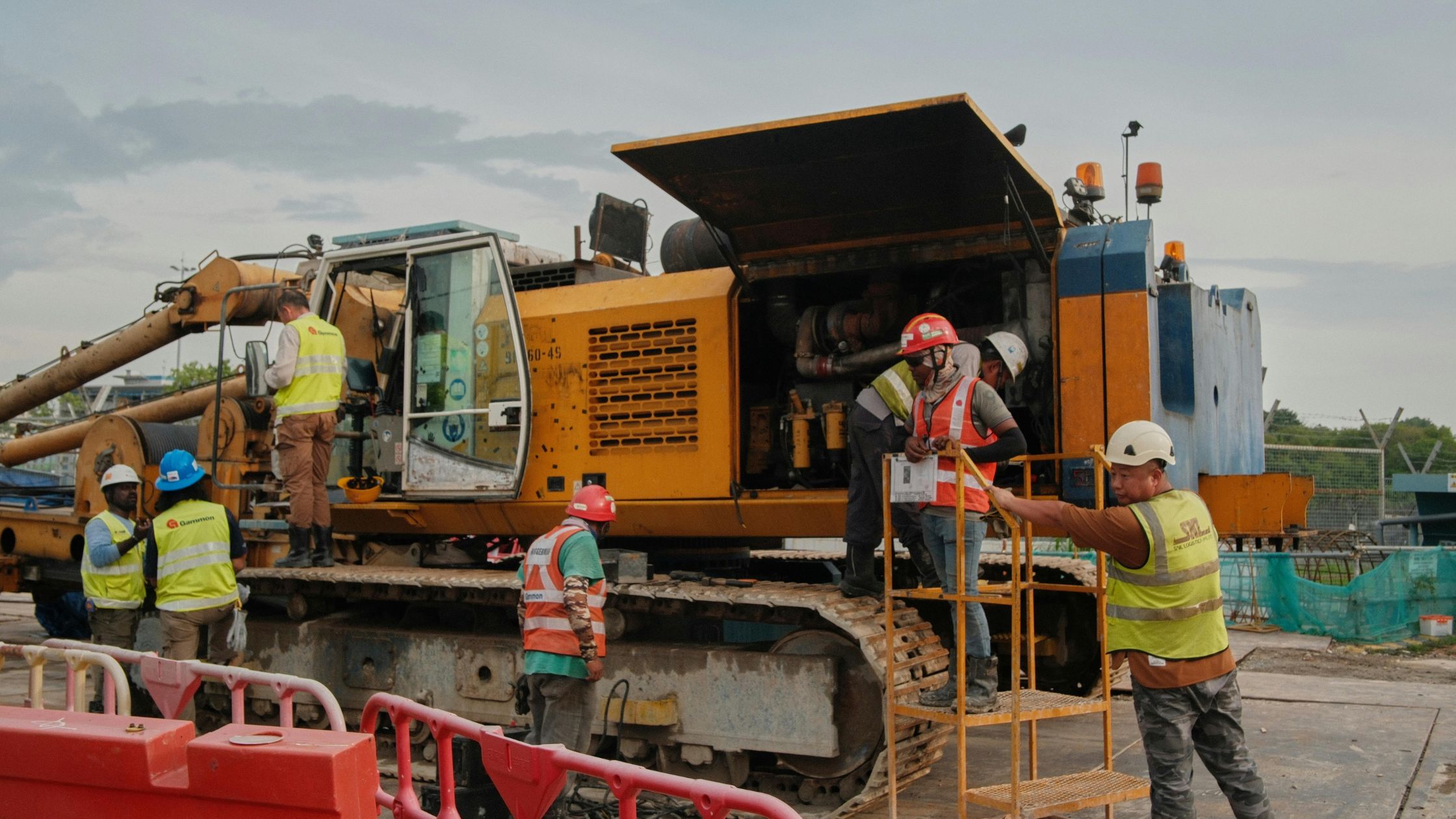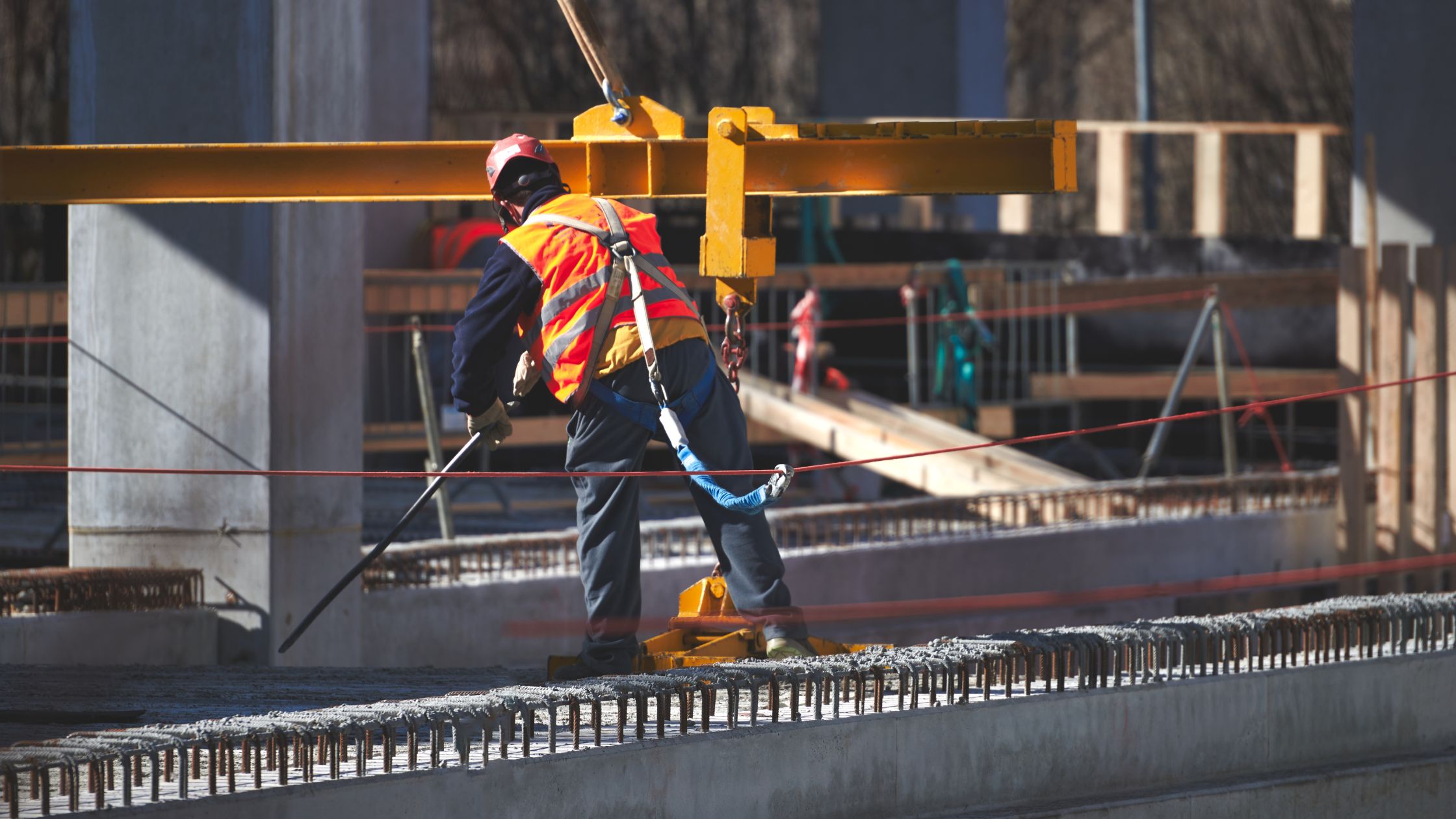Australia’s Most Common Construction Issues in 2025

The ever-growing nature of Australia and its economy has always been heavily reliant on its construction industry to cornerstone expansion and growth.Despite this, the unfortunate reality is that the construction industry constantly tops the charts in terms of legal disputes, cost overruns, and insolvency. This article is the first step for builders, developers and subcontractors in understanding what the big warning signs to look out for in order to keep projects on track and companies on the right path.
Cost Blowouts and Supply Chain Issues
Since the pandemic, construction costs have remained steep, with prices for key materials such as steel, concrete and timber soaring well above pre-2020 levels. These pressures are compounded by global and domestic shipping difficulties, as well as ongoing labour shortages.
The risks are especially high in fixed-price contracts, where contractors are unable to pass on cost increases. Shrinking margins in this environment can quickly escalate into insolvency risks.
Allocation of Contract Prices
Clear and well-drafted contracts are the strongest defence against disputes. Poorly prepared contracts often include:
- Unclear scope of work
- Harsh liquidated damages clauses
- Limited or no relief for unforeseen cost increases
- Ambiguities in variations and extensions of time
When risks are unfairly distributed at the contract stage, they almost always resurface later in the form of disputes.
Disputes of Payment
Payment disputes are one of the most common issues in construction. To address these, all Australian states and territories have introduced legislation governing progress payments and adjudication processes. Common disputes include:
- Partial and delayed progress payments
- Disagreements over variations
- Head contractors withholding subcontractor payments
With most projects operating on slim margins, even minor delays can cripple a contractor’s cash flow and increase insolvency risk.
Project Delays and Extension of Time Claims
Few construction projects finish exactly on schedule. Factors such as adverse weather, regulatory approvals, design changes and subcontractor performance can all create delays.
Disputes often arise over whether extensions of time should be granted, and which party must bear the cost. These disputes can escalate into claims for liquidated damages or even contract terminations.
Defective Work and Building Quality Issues
Defective work and poor build quality remain a major concern across the sector. Many states and territories have introduced legislative reforms to enforce accountability and professional standards.
Where defective work is identified, rectification claims often follow. These claims can be costly, reputationally damaging, and may lead to drawn-out litigation years after project completion.
Insolvency within the Industry
Nearly one quarter of all corporate insolvencies in Australia are in the construction sector. In the past year alone, thousands of builders and subcontractors went under, with many collapses driven by high building costs, delayed payments and razor-thin margins.
The effects of insolvency ripple outward: when a head contractor fails, subcontractors and homeowners are often left exposed to delays, financial losses and abandoned projects.
Insurance and Compliance Difficulties
The rising cost of professional indemnity insurance – along with increasing regulatory demands – creates further challenges for contractors. These factors reduce profit margins and present significant barriers to entry for smaller players in the industry.
Conclusion: How to Reduce Construction Risks in 2025
While the construction industry remains vital to Australia’s growth, it is also highly vulnerable. The most common challenges – cost escalations, payment and delay disputes, defects, insolvencies and compliance pressures – are becoming more complex and harder to navigate.
The key to future success lies in:
- Careful contract negotiations
- Proactive project management
- Using dispute resolution early to prevent escalation
- Staying across changing regulatory and insurance requirements
Operating in construction will always involve risk – but these risks are not unavoidable. Businesses that stay informed and act early are far more likely to finish projects successfully and avoid costly disputes.
How We Can Support
At ConstructSupport Australia, we help contractors, subcontractors and developers safeguard their projects with expert contract support and legal solutions. Get in touch with our team today to discuss how we can protect your business from these common industry challenges. Get a free consultation today to speak to our team about how the best strategy is a proactive one.
The blog published by ConstructSupport Australia (CSA) is intended as general information only and is not legal advice on any subject matter. By viewing the blog posts, the reader understands there is no solicitor-client relationship between the reader and the blog published. The blog should not be used as a substitute for legal advice from a legal practitioner, and readers are urged to consult CSA on any legal queries concerning a specific situation.


